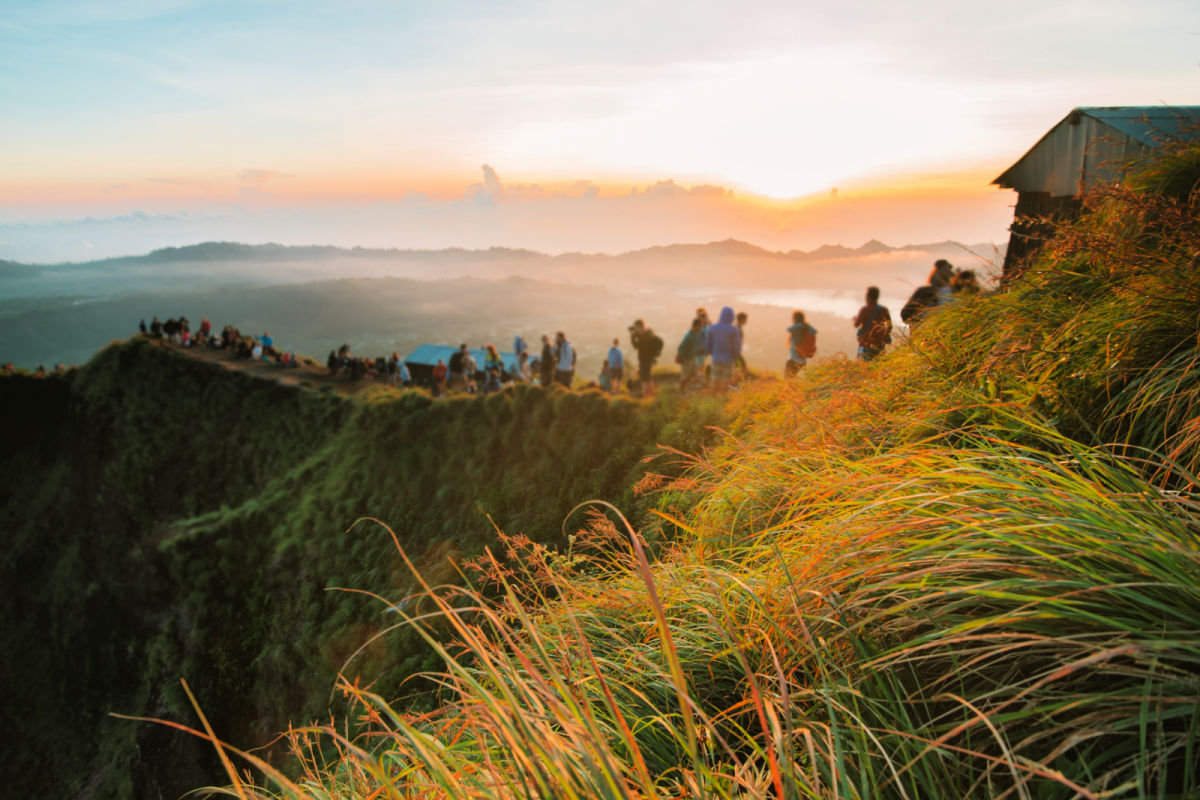In Bali, a vibrant roundtable of leaders has gathered to discuss essential safety protocols for the island’s famed volcanic hiking routes. With breathtaking views of sunrise treks up Mount Batur and Mount Agung, these experiences are often at the top of every traveler’s bucket list. However, the beauty of these landscapes has been overshadowed by a concerning rise in accidents over the past few years.

The Current Hiking Landscape in Bali
As of now, Mount Agung is temporarily closed until November 30 for religious purposes. Meanwhile, Mount Batur and other trails remain open, gearing up for an influx of tourists during the holiday season. Given the growing concerns for safety, local leaders are actively brainstorming strategies to enhance hiker safety.
A Collaborative Approach to Safety
I Made Rentin, Acting Regent of Bangli, spearheaded a meeting inviting various stakeholders to formulate a shared strategy for overseeing climbing activities within the Bangli Regency. During my last visit to Bali, I remember standing at the base of Mount Batur, captivated by the lush scenery but also aware of the inherent risks involved in hiking such active volcanoes.
“We are focused on ensuring safety and comfort for climbers while also maintaining environmental sustainability,” explained Rentin. This sentiment resonates deeply, especially for those who cherish the natural beauty of Bali and want to protect it for future generations.
Addressing Recent Incidents
During this pivotal meeting, leaders highlighted three significant incidents that have occurred on the slopes of Bangli’s major peaks. The consensus among officials is clear: a collaborative approach is essential to improve safety without being overly restrictive.
Learning from Successful Destinations
Participants agreed on the importance of learning from other well-managed hiking destinations worldwide. Drawing from my adventures in places like Nepal, where trekking guidelines are strictly enforced for safety, it’s evident that regulation can indeed coexist with adventure.
As the discussions progressed, it became clear that enhancing cross-agency collaboration is crucial. Working closely with local conservation authorities like BKSDA, they plan to clarify which hiking permits will be available and the routes they cover.
Future Steps and Considerations
Moreover, financial considerations regarding the management and allocation of funds generated from hiking permits came into play. While this meeting marks the beginning of an ongoing dialog, we’re likely to see new regulations and safety procedures implemented in early 2025. As a regular hiker, I can appreciate how these changes can enhance the overall experience while trekking through these majestic terrains.
The Call for Responsible Hiking
In response to the growing safety concerns, Kusworo, the Chief of the National Search and Rescue Agency, recently emphasized the need for all hikers—both local and international—to exercise caution and responsibility while navigating the risky terrains of Indonesia’s active volcanoes. His insistence on hiring licensed guides is a significant step, not only for safety but also as a legal requirement.
Disaster Preparedness in Kintamani
As the largest community area overlooking Lake Batur, Kintamani is also in discussions about disaster preparedness. Given its high-risk designation for extreme weather, these considerations are crucial. During a separate meeting, Regent Rentin expressed his desire to ensure that local businesses engage in education around disaster readiness.
He passionately stated, “Our goal is the safety of human lives. Disasters may occur, but preserving life is our main priority.” This forward-thinking approach is essential for fostering resilience within the community and among visitors.
In summary, as Bali edges toward implementing new safety measures, both hikers and locals alike will benefit from a strategy that prioritizes both adventure and well-being. If you’re planning a hike, keep these new guidelines in mind, and remember that being safe means being smart—your next breathtaking view could be waiting just around the corner!






